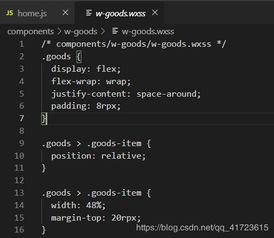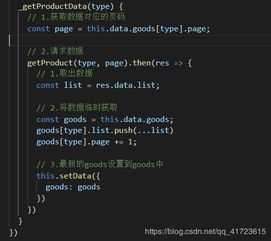Understanding the Roles: Front End vs Back End vs DevOps
When it comes to the world of web development, the terms “front end,” “back end,” and “DevOps” are often thrown around. But what do these roles actually entail, and how do they differ from one another? Let’s dive into a detailed comparison to help you understand the nuances of each role.
Front End Development

Front end development is all about creating the user interface and user experience (UI/UX) of a website or web application. It involves writing code that runs on the client-side, meaning it’s executed on the user’s browser. Here are some key aspects of front end development:
- HTML (Hypertext Markup Language): The backbone of any web page, HTML is used to structure content on the web.
- CSS (Cascading Style Sheets): CSS is used to style HTML elements and give them a visual appearance.
- JavaScript: JavaScript is a programming language that adds interactivity to web pages, allowing for dynamic content and user interactions.
- Frameworks and Libraries: Frameworks like React, Angular, and Vue.js help streamline the development process and provide pre-written code for common tasks.
Front end developers need to have a strong understanding of design principles, user experience, and the ability to create responsive layouts that work well on various devices and screen sizes.
Back End Development

While front end development focuses on the user interface, back end development is concerned with the server-side of web applications. Back end developers are responsible for building and maintaining the server, database, and application logic that powers the website or web application. Here are some key aspects of back end development:
- Server-Side Programming Languages: Back end developers use programming languages like Python, Ruby, Java, PHP, and Node.js to create server-side logic.
- Database Management: They work with databases like MySQL, PostgreSQL, MongoDB, and SQLite to store and retrieve data.
- API Development: Back end developers create APIs (Application Programming Interfaces) that allow different software applications to communicate with each other.
- Web Frameworks: Frameworks like Django, Ruby on Rails, Spring, and Express.js help streamline the development process and provide pre-written code for common tasks.
Back end developers need to have a strong understanding of algorithms, data structures, and server-side technologies to create efficient and scalable applications.
DevOps

DevOps is a set of practices that combines software development (Dev) and IT operations (Ops) to shorten the development life cycle and provide continuous delivery with high software quality. Here are some key aspects of DevOps:
- Automation: DevOps emphasizes the use of automation tools to streamline the development, testing, and deployment processes.
- Continuous Integration and Continuous Deployment (CI/CD): CI/CD pipelines automate the process of integrating code changes, testing them, and deploying them to production.
- Infrastructure as Code (IaC): IaC allows developers to manage and provision cloud infrastructure using code, making it easier to scale and maintain applications.
- Collaboration: DevOps encourages collaboration between developers, operations teams, and other stakeholders to improve the overall quality of software delivery.
DevOps professionals need to have a strong understanding of both development and operations, as well as experience with various tools and technologies to effectively implement DevOps practices.
Table: Comparison of Front End, Back End, and DevOps Roles
| Role | Focus | Skills Required | Tools Used |
|---|---|---|---|
| Front End Development | User Interface and User Experience | HTML, CSS, JavaScript, UI/UX design | Frameworks (React, Angular, Vue.js), CSS preprocessors (Sass, LESS)
|
